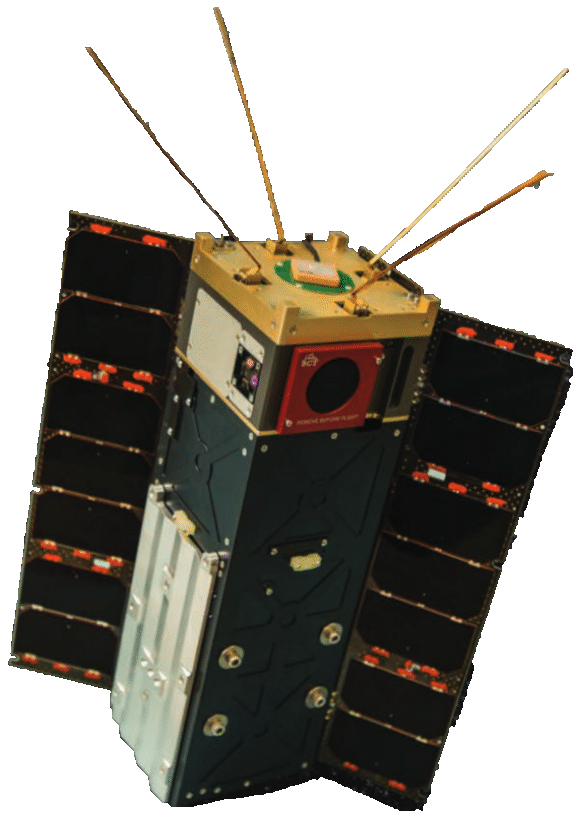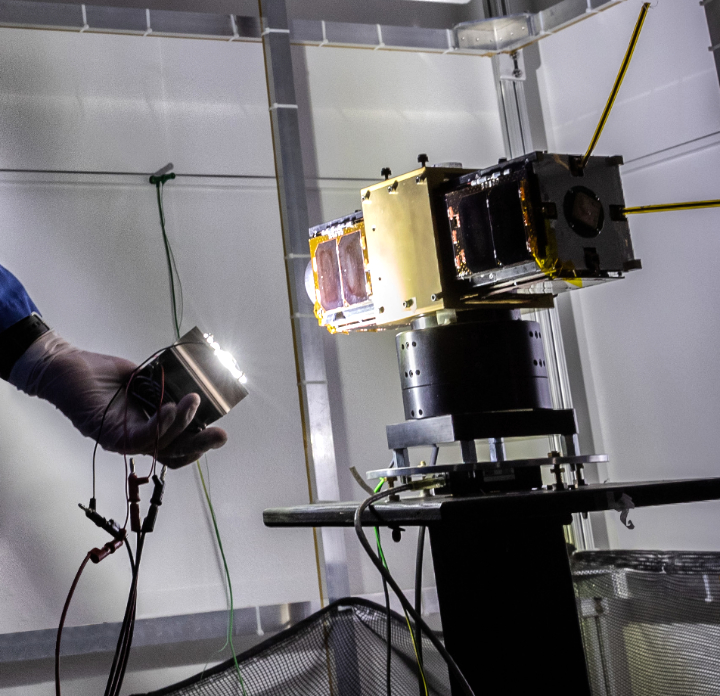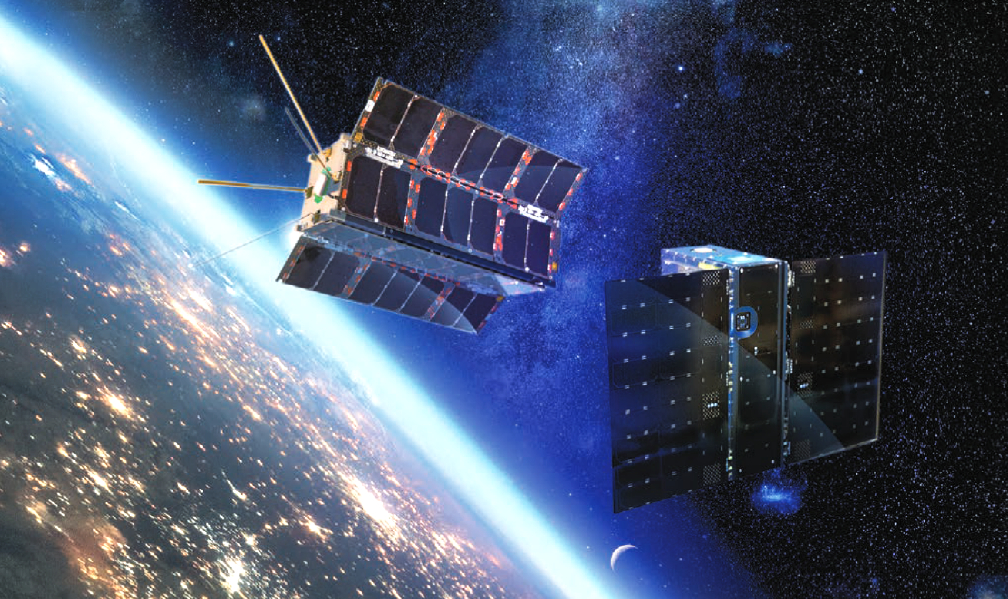
A focus for the Space Dynamics Laboratory during the SmallSat Conference is a small satellite built by the company that is providing scientists unprecedented images for a spacecraft of its size.

Measuring only 10 centimeters wide, 10 centimeters high and 30 centimeters long, the smallsat was designed, manufactured, integrated, and tested by SDL and carries the Hyper-Angular Rainbow Polarimeter payload built by the Earth and Space Institute at the University of Maryland, Baltimore County.
The program is funded by NASA and is under the direction of principal investigator Dr. J. Vanderlei Martins. HARP is designed to measure the microphysical properties of cloud and aerosol particles in Earth’s atmosphere.
HARP was launched on November 2, 2019, from a Northrop Grumman Antares rocket in its Cygnus cargo spacecraft. Following a three-month stay on the International Space Station, HARP was deployed into orbit on February 19, 2020.
SDL also manages mission operations for HARP’s flight while UMBC manages the science operations.

Cloud and aerosol processes influence climate change, which affects our oceans, weather, ecosystems, and society at large. The largest impediments to estimating climate change are a lack of quantitative information about aerosol forcing, insufficient understanding of aerosol-cloud processes, and cloud feedbacks in the climate system. New observations and a better understanding of aerosol-cloud processes will help to narrow climate change estimate uncertainties.
HARP, an imaging polarimeter with hyper-angular capability, can make a strong contribution to characterizing ice and water cloud properties. Polarization and an increased number of observation angles provides a much clearer picture of cloud droplet distribution, adding the width of the droplet distribution to the currently measured effective radius.

Executive Comment
“Dr. Martins and his team from UMBC are providing NASA with incredibly specialized images from low earth orbit of our atmosphere, further validating that Earth science from space can be achieved with small satellites,” said Tim Neilsen, SDL program manager for HARP. “The application of space-based Earth observation technology has historically been the domain of large satellites. HARP helps to confirm that miniaturized sensors on small satellites can provide a high degree of fidelity at a fraction of the cost and time it takes to build larger satellites.”
“HARP is the first ever instrument in space to perform moderate spatial resolution measurements of the cloud droplet size distribution using a hyperangular polarization capability. HARP is also a precursor for future image polarimeters to perform global measurements of aerosol and cloud properties, including the HARP2 instrument that is currently being built at UMBC to fly in the NASA PACE mission,” said Dr. Martins.

